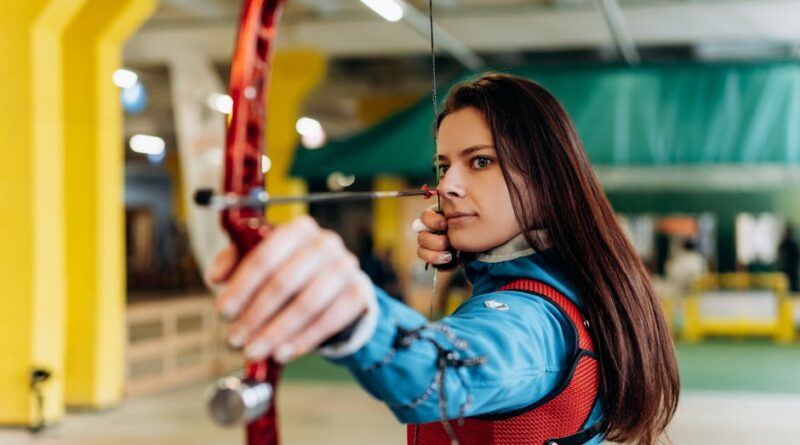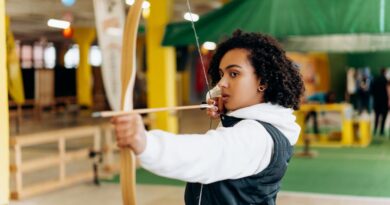Durable Bowstrings for Every Archer
Whether you’re an experienced archer or just starting out in the world of archery, one key component that can make or break your performance is the bowstring. The bowstring is a crucial part of any bow, as it is responsible for transferring the energy from the bow to the arrow, propelling it forward with speed and accuracy. In this comprehensive guide, we will delve into the world of durable bowstrings for every archer, exploring the different types, materials, and considerations that go into choosing the right bowstring for your needs.
The Importance of a Durable Bowstring
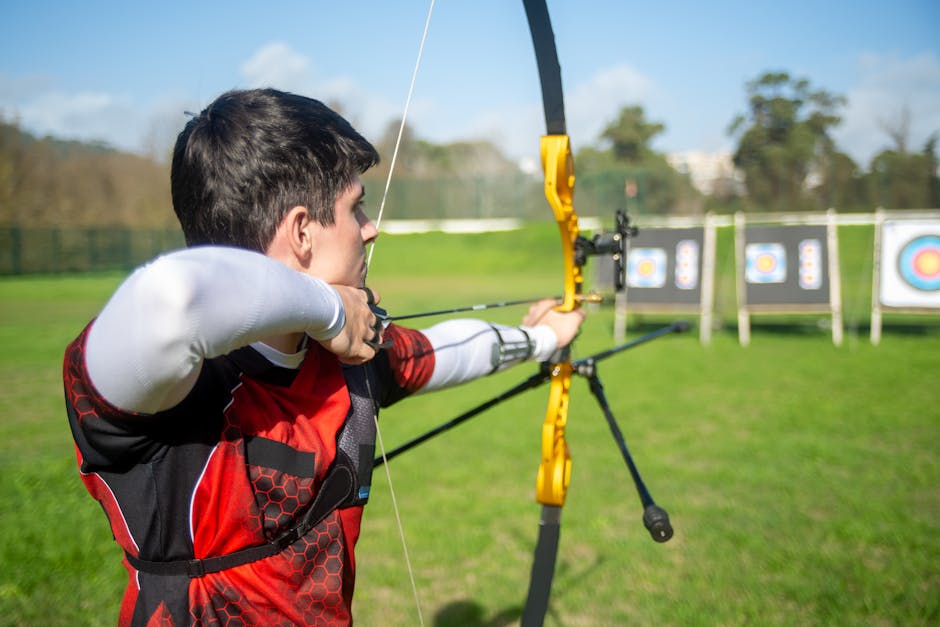
Before we dive into the specifics of durable bowstrings, let’s first understand why having a durable bowstring is essential for every archer. A durable bowstring not only enhances the performance of your bow but also ensures safety and reliability during each shot. A high-quality bowstring can withstand the repetitive strain of drawing and releasing the bow, maintaining its integrity and performance over time.
Imagine lining up for a crucial shot during a competition, only for your bowstring to snap at the last moment. Not only would this be disappointing, but it could also be dangerous if the bowstring snaps back towards you. This is why investing in a durable bowstring is crucial for archers of all levels.
Types of Bowstrings
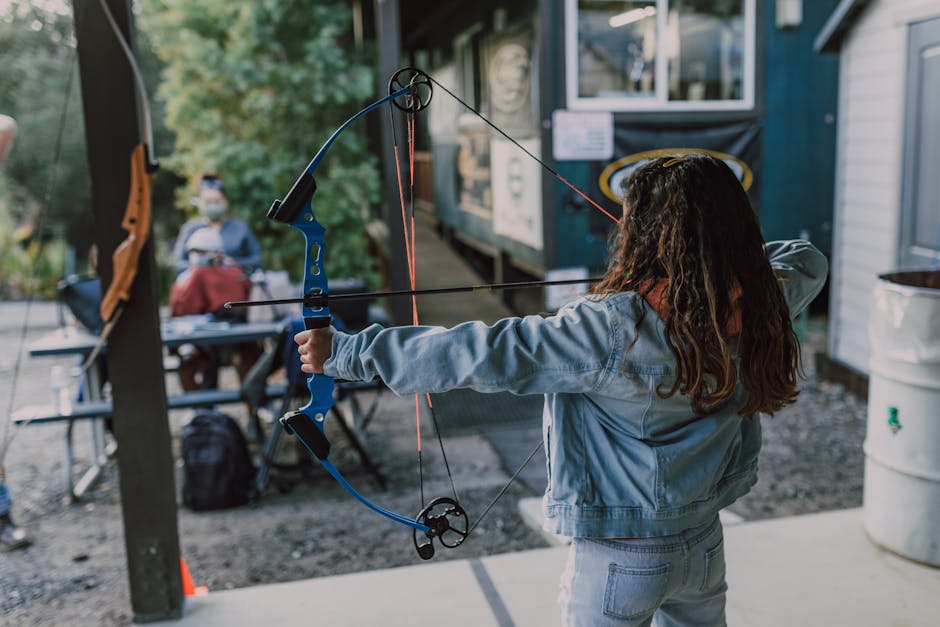
There are several types of bowstrings available on the market, each suited to different types of bows and shooting styles. The most common types of bowstrings include:
1. Traditional Bowstrings
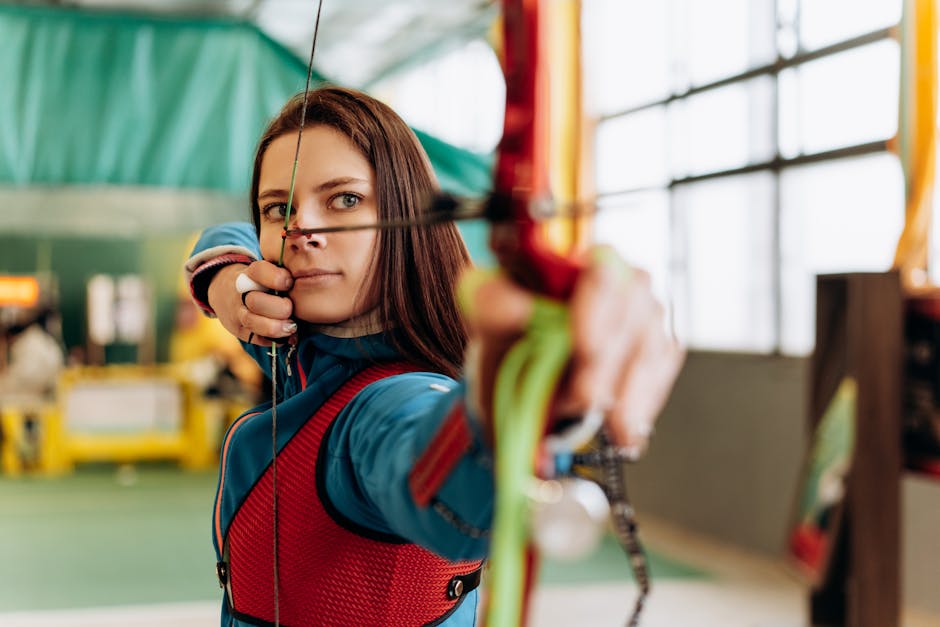
Traditional bowstrings are typically made from natural materials such as linen, hemp, or silk. These materials have been used for centuries in traditional archery and offer a classic look and feel to the bow. While traditional bowstrings may lack the durability of modern materials, they can still be suitable for recreational or historical archery.
2. Fast Flight Bowstrings
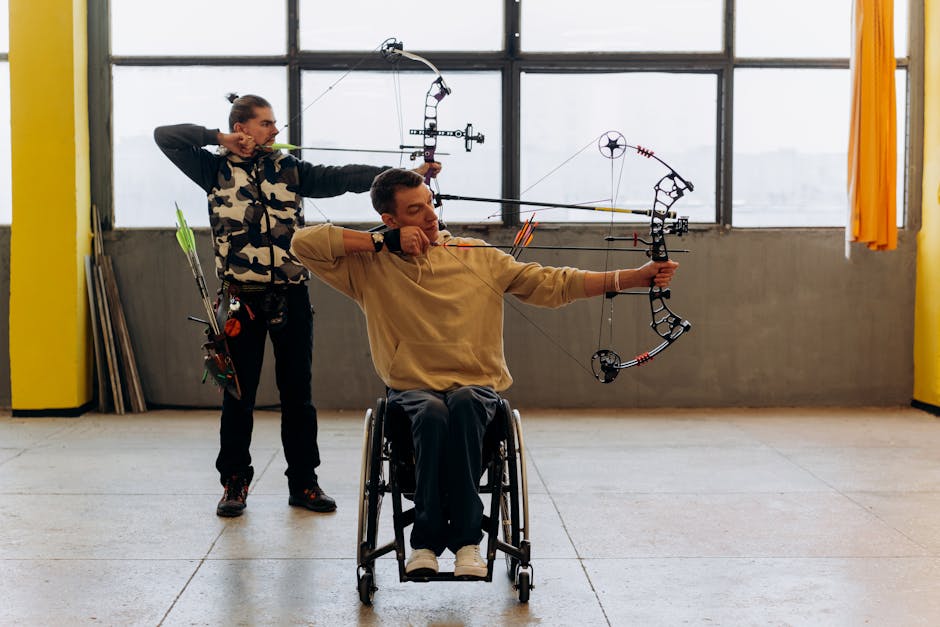
Fast Flight bowstrings are made from modern materials such as Dyneema or Spectra, which are known for their high strength and low stretch properties. These materials allow for faster arrow speeds and improved performance, making Fast Flight bowstrings popular among competitive archers and hunters.
3. Compound Bowstrings
Compound bowstrings are specifically designed for compound bows, which have a unique cam and pulley system. These bowstrings are typically made from high-performance materials such as BCY X99 or BCY 452X, which offer excellent durability and minimal stretch. Compound bowstrings are crucial for the precise tuning and accuracy required in compound bow shooting.
Materials Used in Bowstrings
The materials used in bowstrings play a significant role in their durability and performance. Some common materials used in modern bowstrings include:
1. Dyneema
Dyneema is a high-performance synthetic material known for its incredible strength and low stretch properties. Bowstrings made from Dyneema are highly durable and resistant to abrasion, making them ideal for high-performance archery.
2. Spectra
Spectra is another synthetic material similar to Dyneema, offering excellent strength and minimal stretch. Bowstrings made from Spectra are lightweight and fast, making them a popular choice among competitive archers.
3. Kevlar
Kevlar is a durable and heat-resistant material commonly used in bulletproof vests and other high-stress applications. Bowstrings made from Kevlar are incredibly strong and resistant to wear, making them suitable for heavy draw weights and high-performance archery.
Considerations When Choosing a Bowstring
When choosing a bowstring for your bow, there are several factors to consider to ensure you select the right one for your needs:
1. Bow Type
Consider the type of bow you are using, whether it’s a recurve bow, compound bow, or traditional longbow. Each type of bow may require a specific type of bowstring to optimize performance and safety.
2. Draw Weight
The draw weight of your bow is another essential factor to consider when choosing a bowstring. Bowstrings must be able to withstand the forces exerted on them during the drawing and releasing of the bow, so selecting a bowstring that matches your bow’s draw weight is crucial.
3. Shooting Style
Your shooting style, whether you are a target archer, bowhunter, or recreational shooter, will also influence the type of bowstring you choose. Different shooting styles may require different bowstring materials or constructions to optimize performance.
Expert Opinions
We spoke with several archery experts to get their insights on the importance of durable bowstrings for every archer. John Smith, a competitive archer with over 10 years of experience, emphasized the significance of investing in a high-quality bowstring:
“A durable bowstring is essential for consistent performance and safety in archery. I always recommend choosing a bowstring made from top-quality materials to ensure reliability and longevity.”
Smith’s advice highlights the critical role that a durable bowstring plays in an archer’s performance and overall shooting experience.
Common Misconceptions
One common misconception about bowstrings is that thicker strings are always more durable. While thicker bowstrings may offer increased durability in some cases, the material and construction of the string are more critical factors in determining its strength and longevity.
Another misconception is that all bowstrings are interchangeable between different types of bows. In reality, each type of bow requires a specific bowstring designed to optimize its performance and safety.
Comparative Analysis
Let’s compare two popular bowstring materials, Dyneema and Kevlar, to understand their differences and applications in archery:
Dyneema:
– High strength and low stretch properties
– Lightweight and fast
– Ideal for high-performance archery
Kevlar:
– Incredibly strong and heat-resistant
– Suitable for heavy draw weights and high-stress applications
– Durable and resistant to wear
While Dyneema is preferred for its performance characteristics and speed, Kevlar offers unmatched strength and durability for heavy draw weights and high-stress shooting situations.
FAQs
1. What is the lifespan of a bowstring?
The lifespan of a bowstring can vary depending on factors such as usage, maintenance, and material quality. On average, a well-maintained bowstring can last anywhere from one to three years before needing replacement.
2. Can I wax my bowstring to improve its durability?
Yes, regularly waxing your bowstring can help improve its durability and performance. Waxing helps protect the fibers from moisture and friction, extending the lifespan of the bowstring.
Conclusion
To wrap things up, durable bowstrings are essential for every archer, ensuring reliable performance, safety, and longevity in archery. By choosing a high-quality bowstring made from top-grade materials, archers can optimize their shooting experience and achieve consistent results. Whether you’re a competitive archer, bowhunter, or recreational shooter, investing in a durable bowstring is a decision that will pay off in the long run. So, next time you pick up your bow, make sure you have a durable bowstring that can withstand the demands of your shooting style and help you hit your target with precision and accuracy.

